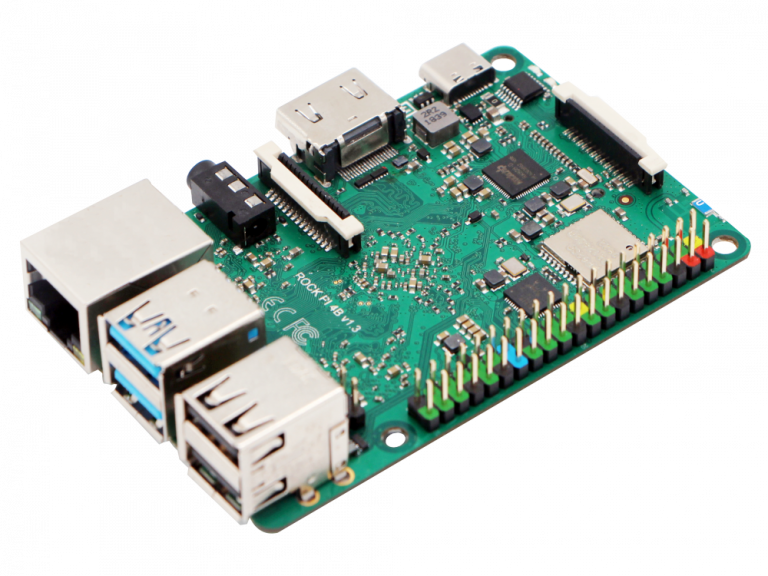Introduction: In the dynamic realm of technology, gyroscopes have emerged as unsung heroes, quietly enabling precision and stability in a myriad of applications. In this exploration, we’ll take a closer look at the diverse types of gyroscope sensors and unveil the transformative role they play in pioneering projects across various industries.
Types of Gyroscope Sensors
1. MPU6050: MEMS Gyroscope and Accelerometer
The MPU6050, a compact MEMS gyroscope and accelerometer, has become a staple in motion sensing. Found in:
- Smart Devices: Powers screen rotation and gesture control in smartphones.
- Wearable Tech: Enables accurate motion tracking in fitness trackers and smartwatches.
2. Fiber Optic Gyroscopes (FOG)
Leveraging light interference, FOG gyroscopes provide unparalleled precision, making them crucial in:
- Aerospace Navigation: Guides aircraft and spacecraft with unparalleled accuracy.
- Underwater Exploration: Facilitates precise navigation for submarines and underwater vehicles.
3. L3GD20: 3-Axis Digital Gyroscope
The L3GD20 is a 3-axis digital gyroscope sensor by STMicroelectronics, finding applications in:
- Consumer Electronics: Used for image stabilization in cameras and camcorders.
- Gaming Controllers: Enhances motion control in gaming devices.
4. MEMS-based IMUs (BMI160)
MEMS-based IMUs, such as the BMI160, combine accelerometers and gyroscopes, contributing to:
- Robotics: Guides the movement and orientation of robotic systems.
- Virtual Reality: Tracks head movements for immersive VR experiences.
5. ADXRS450: High-Performance Angular Rate Sensor
Known for accuracy and stability, the ADXRS450 is commonly employed in:
- Industrial Automation: Ensures precision in automated manufacturing processes.
- Stabilization Systems: Used in platforms requiring stable and controlled motion.
6. Hemispherical Resonator Gyroscopes (HRG)
HRG gyroscopes, utilizing resonating structures, play a vital role in:
- Military Navigation: Guides defense systems with high accuracy.
- Geophysical Exploration: Facilitates precise positioning in seismic surveying.
Popular Projects and Innovations
- Smartphone Gyro-Stabilization (MPU6050):
- Project: Gyro-stabilization in smartphones using MPU6050 for shake-free photos and smooth videos.
- Application: Consumer electronics and smartphone technology.
- Satellite Attitude Control (FOG):
- Project: Fiber optic gyroscopes in satellites for accurate attitude control and navigation.
- Application: Space exploration and satellite technology.
- Camera Stabilization (L3GD20):
- Project: Integration of L3GD20 in camera stabilization systems for smooth and stable footage.
- Application: Professional videography and photography equipment.
- Robotics Motion Precision (BMI160):
- Project: Robotics applications utilizing BMI160 for accurate motion control and navigation.
- Application: Industrial and collaborative robotics.
- Industrial Automation (ADXRS450):
- Project: ADXRS450 in industrial automation for precise control of robotic arms and machinery.
- Application: Manufacturing and automation processes.
- Military-grade Navigation (HRG):
- Project: Military-grade guidance systems incorporating HRG gyroscopes for navigation and targeting.
- Application: Defense and military technology.
Conclusion: Gyroscopes, in their diverse forms, have become indispensable in shaping the way we interact with technology and navigate our world. From the precision in our smartphones to the stability of satellites in space, these sensors have become the backbone of innovation. As we move forward, gyroscopes will continue to be pivotal in steering our technological advancements, promising a future where motion is not just measured but masterfully controlled.

